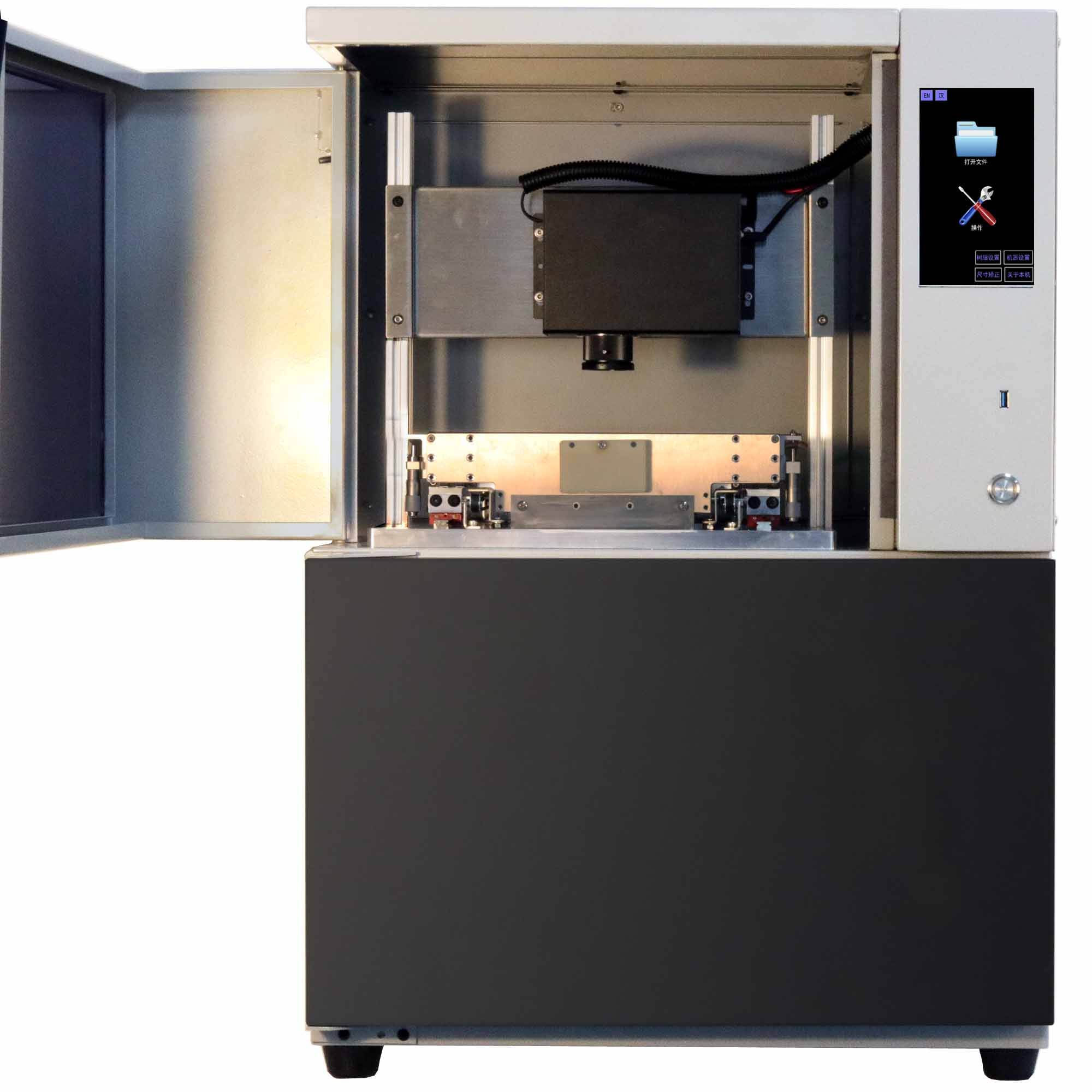
High Resolution Double Tank Top-down Ceramic Paste 3d Printer 2K DLP 3d Printer Alumina Zirconia Slurry 3d Printer
- Overview
- Inquiry
- Related Products
- Double Tank Top-down DLP 3d Printer
- Ceramic slurry material research and development test
- Resolution: 50um, Print size: 96x54x100mm
- Ceramic slurry material research and development test
- Bio-material printing testing
- Multi functional composite materials research and development test
Specifications:
Model |
Prism PT100 |
Technics |
Advanced DLP Technology |
Forming Method |
Top-down molding |
|
Maximum energy density
|
Low power : 45mw/cm2 / high power: 90mw/cm2 |
Physical Resolution |
1920x1080 Pixels |
Support Files |
STL OBJ SLC PR3 |
Machine Size |
360 x 320 x 720 m |
Building Size |
96x54x100mm |
Physical Printing Resolution |
50μm |
Z axis leveling resolution |
2μm |
Light Uniformity |
>95% |
|
Accessibility
|
Reciprocating auxiliary leveling scraper, height adjustable |
Scraper adjustment resolution |
10μm |
Light Source |
405nm UV LED |
|
Feeding Method
|
Air pressure assisted peristaltic pump feeding system |
Minimum Printing Test Materials |
10ml |
Rank of printing solid content |
30%wt -90%wt |
Offline print capability |
Yes |
System requirement |
Windows, Mac |
Power |
220V 100W |
Weight |
NW: 60KG Size: 900x600x400mm |
Regular Warranty |
one year |
Quick Detail:
Applications:
Competitive Advantage:
1. Applicable ceramic materials: silicon oxide \alumina\silicon nitride \silicon carbide \zirconia \aluminum nitride \hydroxyapatite \tricalcium phosphat e\biological glass \art ceramics.
2. It is suitable for the research and development and batch printing of high solid content paste materials.
3. The printing material is less, about a dozen ml can be used for testing.
4. The top-down printing method has no release problem, and can print materials with poor penetration or relatively fragile materials.

 EN
EN
 AR
AR
 BG
BG
 HR
HR
 CS
CS
 DA
DA
 NL
NL
 FI
FI
 FR
FR
 DE
DE
 EL
EL
 HI
HI
 IT
IT
 JA
JA
 KO
KO
 NO
NO
 PL
PL
 PT
PT
 RO
RO
 RU
RU
 ES
ES
 SV
SV
 TL
TL
 IW
IW
 ID
ID
 SR
SR
 SK
SK
 SL
SL
 VI
VI
 ET
ET
 HU
HU
 TH
TH
 TR
TR
 FA
FA
 MS
MS
 GA
GA
 CY
CY
 BE
BE
 IS
IS
 MY
MY


